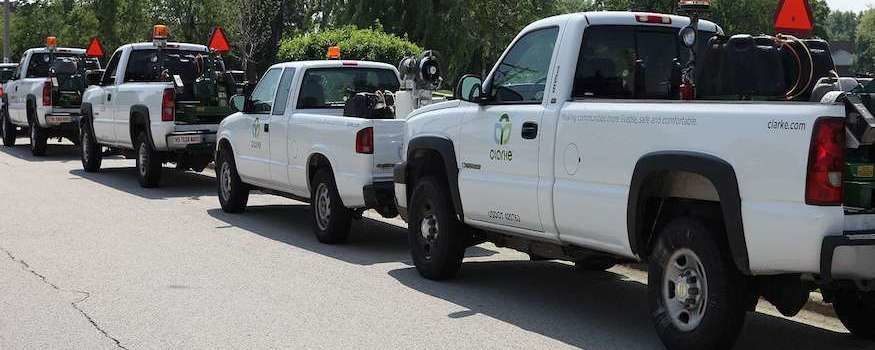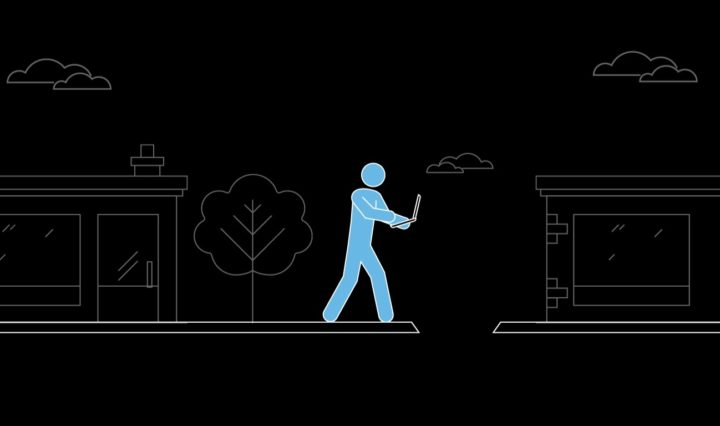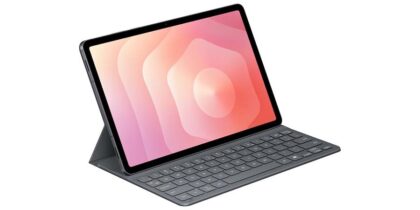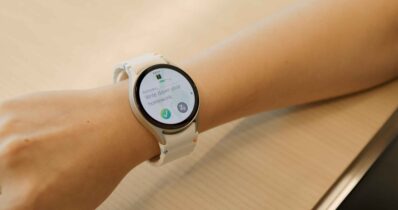When the Zika virus arrived in southern Florida last summer, Clarke, a public health company that provides mosquito control products and services along with aquatic habitat services, needed to build up its capabilities in a hurry. Clarke has a deep history in pioneering, developing and delivering environmentally responsible formulations, service solutions and application technologies for mosquito detection and eradication. With Sprint connectivity, a powerful in-house app and high quality mobile devices, Clarke is ready to take on any job that comes their way; however, there were gaps that had to be filled to meet the massive demand for services generated by the concerns around Zika. The company’s experience shows how smart technology choices and solid vendor partnerships can take an enterprise to the next level of performance.
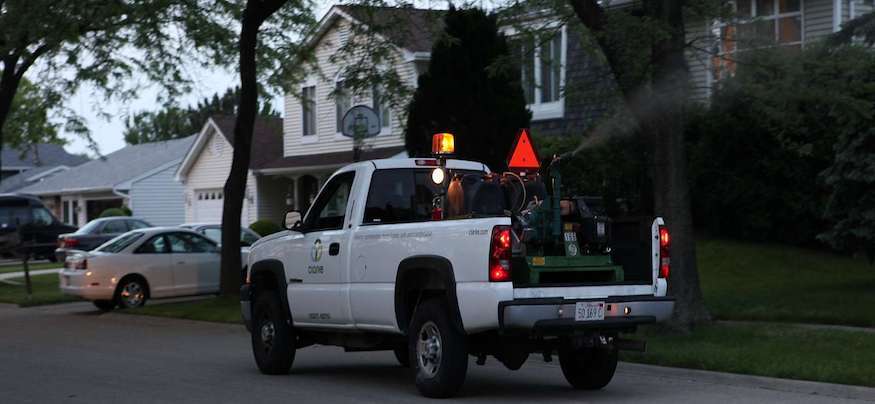
The Call Comes In
With the 2016 entrance of the Zika virus in the continental U.S., Clark was called upon to lead the mosquito abatement in Miami, Florida. They were able to mobilize all available resources, outfitting their field workers with diverse mobile devices drawn from an existing inventory. But demand kept building.
“As the summer went on and they had more and more cases of Zika, both imported and locally transmitted, we had to expand that workforce. Every single day we were sending 90 to 100 people into the field,” says Bill Quinn, Clarke operations analyst. “They would go out in trucks with two crews in each truck going door to door doing household inspections, and they needed devices to support that activity. So I needed 40 to 50 devices a day out in the field, and I just didn’t have that lying around,” he says.
Yet reliable mobility was key to the company’s operations, with technicians dependent on having access to the company app. A proprietary tool, the app is critical to the company’s daily functioning. Techs use it to log the results of inspections. They can record the number of larvae in a water sample, and take notes on the treatments they apply and the pest control technology they employ, which is critical for government reporting requirements.
“One of our crews might just treat catch basins, where mosquitoes breed, and when they do that they can hit a button to record the GPS. At the end of the day, we can provide the customer with a map of 400 or 500 catch basins. It shows that we have done the work they hired us to do,” Quinn says. The integral role of the app makes it critical for the company to keep its mobile inventory up to date.
Clarke had to meet this demand using a mismatched assortment of devices acquired over time. Many were at different phases of their app life cycles, and at different stages within their telecommunications contracts. At a time when the company needed reliable mobile connectivity for everyone, this hodgepodge made managing mobile a chore.
“It was fairly challenging,” Quinn says. Field technicians never knew what device they would be using on a given day. In addition, contracts were out of sync and maintenance was especially complicated. “One person’s phone would be broken, and the problems would be completely random and totally different from what others were experiencing.”
A solution had to be found, fast.
Avoid Mobile Productivity Pitfalls
A 2-in-1 solution offers businesses the benefits of mobility without sacrificing productivity. Download Now
Partners Step Up
With the threat of an insect-borne epidemic looming over densely populated southern Florida, Clarke had to get its mobility situation in place to effectively field its pest control technology. County officials gave the company less than a week to gear up for inspections, during which time the Illinois-based firm needed to line up vehicles and workers halfway across the country, while also addressing mobility needs. To meet these challenges, Clarke undertook an inventory upgrade, which included Samsung Tab E tablets and Galaxy S7 phones.
The company’s history with Samsung made it easy to put the company’s critical app onto new devices. “There’s a setting on Android phones where you allow installations from unknown sources. Once that was done, an NFC tag takes the phone straight to a website, and we can install the app without even having to type in an address,” Quinn says.
The upgrade has simplified managing mobile devices. “Having everything synced up makes it easier to get the job done. Now when I need to explain how to use an application, I don’t have to do it four or five different times [across multiple platforms]. I can do it once for everyone,” Quinn reports. “And when the next upgrade comes up, we will be able to do everything all at once. We are all lined up again.”
By refreshing its mobile capabilities, Clarke was able to rise to the challenge. Its environmental technology teams had investigated and remediated over a quarter million properties by the end of the year in the push to contain an established Zika outbreak, cementing itself as a leader in mosquito abatement in Miami-Dade County.
Having long-term relationships with trusted providers made Clarke’s rapid mobile upgrade possible. Clarke executives knew they wanted to stay with Samsung, and they turned to Sprint to assemble an inventory of devices in a hurry. “If I hadn’t been able to reach out to them, we probably would not have been able to put everything into place on such short notice,” Quinn says.
Thanks to the mobility upgrade, the company has simplified device management, putting all its mobile assets on a unified life cycle. It has also simplified operations by making them more consistent. Due to Clarke’s mobility upgrade, techs can now hit the field each day knowing they will already be well-versed in the operation of any device they are handed, resulting in increased communication and productivity across the board.
See how enterprise mobility solutions are changing the way that employees work on a daily basis.
